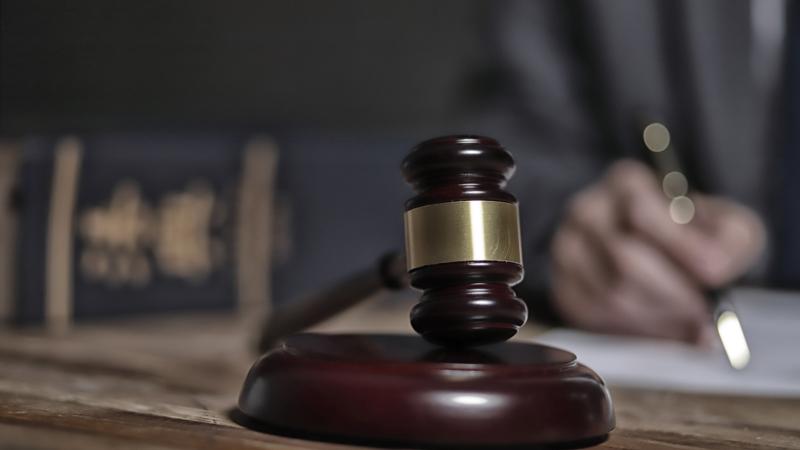Roberts charts own path in Supreme Court abortion ruling
Following the decision's draft leak in May, it was unclear where the Chief Justice's vote would fall.
Chief Justice John Roberts issued a concurring judgment in the Supreme Court ruling Friday morning that revokes a woman's constitutional right to an abortion.
Roberts explicitly sided with his conservative colleagues in their majority opinion to uphold Mississippi's ban on abortions following 15 weeks of pregnancy.
However, in his concurring opinion, he expressed a difference in opinion with his colleagues on the matter of overturning the court's decades-old decision in Roe v. Wade, which gives women the constitutional right to abortion.
"In urging our review, Mississippi stated that its case was 'an ideal vehicle' to reconsider the bright-line viability rule,” and that a judgment in its favor would “not require the Court to overturn” Roe v. Wade, 410 U. S. 113 (1973), and Planned Parenthood of Southeastern Pa. v. Casey, 505 U. S. 833 (1992). Pet. for Cert. 5."
Today, the Court nonetheless rules for Mississippi by do- ing just that. I would take a more measured course. I agree with the Court that the viability line established by Roe and Casey should be discarded under a straightforward stare de- cisis analysis.
"That line never made any sense. Our abortion precedents describe the right at issue as a woman’s right to choose to terminate her pregnancy. That right should therefore extend far enough to ensure a reasonable opportunity to choose, but need not extend any further – certainly not all the way to viability.
"Mississippi’s law allows a woman three months to obtain an abortion, well beyond the point at which it is considered 'late' to discover a pregnancy. ... I see no sound basis for questioning the adequacy of that opportunity.
"But that is all I would say, out of adherence to a simple yet fundamental principle of judicial restraint: If it is not necessary to decide more to dispose of a case, then it is necessary not to decide more.
"Perhaps we are not always perfect in following that command, and certainly there are cases that warrant an exception. But this is not one of them. Surely we should adhere closely to principles of judicial restraint here, where the broader path the Court chooses entails repudiating a constitutional right we have not only previously recognized, but also expressly reaffirmed applying the doctrine of stare decisis.
"The Court’s opinion is thoughtful and thorough, but those virtues can- not compensate for the fact that its dramatic and consequential ruling is unnecessary to decide the case before us."














